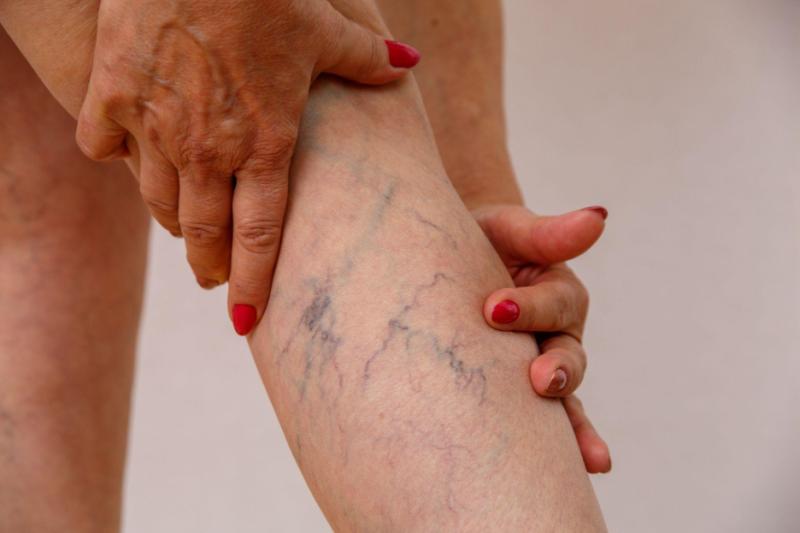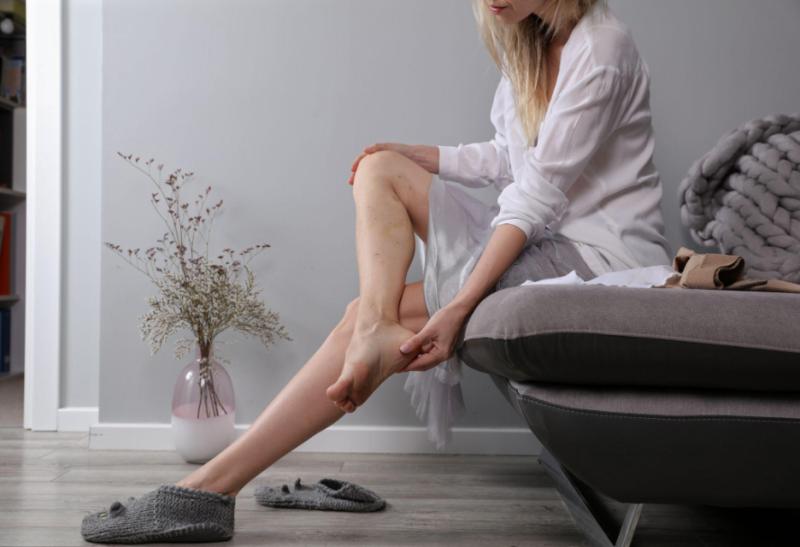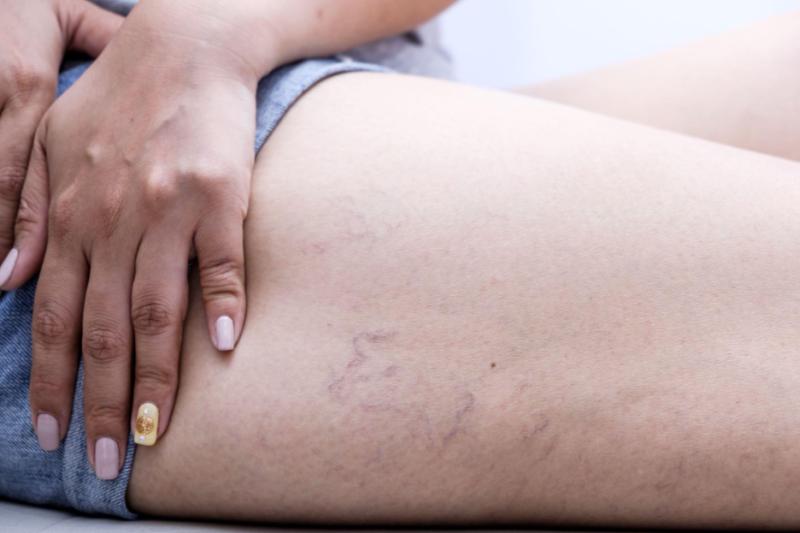Spider Veins - Myths, Realities, and Potential Dangers

Spider veins, delicate as they seem, are more than just a superficial nuisance. These fine, web-like networks of red, blue, or purple vessels often surface on our legs and face, beckoning a myriad of misconceptions and concerns.
Myth 1: Spider Veins Are Just Cosmetic Issues
A prevalent misconception about spider veins is that they are merely aesthetic concerns. When these intricate, web-like patterns appear on our legs, faces, or other body parts, they often become the center of cosmetic worries. The beauty industry offers a plethora of treatments, from laser therapies to sclerotherapy, aiming solely at enhancing physical appearances by minimizing or eliminating these veins. While many people seek these treatments to regain confidence and improve their skin's look, it's paramount to understand the bigger picture. The occurrence of spider veins can, at times, be a visual cue of deeper circulatory problems or underlying vascular issues. It's a sign that our body's network of veins may be experiencing some difficulties, even if these indications are subtle. On the brighter side, unlike their counterparts – the varicose veins, which can become engorged, painful, and induce significant discomfort – spider veins are usually painless, often making them less of a priority for medical intervention based on symptoms alone.

Myth 2: Spider Veins and Varicose Veins Are the Same
One common misbelief in the realm of vascular health is the interchangeable use of the terms "spider veins" and "varicose veins." While both are vascular conditions that deal with the venous system, their characteristics and implications vastly differ. Spider veins, named for their web-like appearance, are tiny blood vessels that manifest just beneath the skin. Their hues – ranging from red to blue or purple – create a noticeable contrast on the skin but seldom lead to physical discomfort. On the contrary, varicose veins are not just visible; they often produce a palpable, twisted, and bulging presence under the skin, occasionally leading to symptoms like pain, swelling, or heaviness in the legs. The thicker and more prominent nature of varicose veins speaks to their deeper location within the legs, hinting at more profound circulatory issues. Because of the potential complications and discomfort they can lead to, varicose veins often necessitate more aggressive treatments. Fortunately, in today's health-conscious era, various supplements for varicose veins have emerged, promoting better blood flow and strengthening vein walls, offering a complementary approach to traditional treatments.
Myth 3: Only Older People Get Spider Veins
A widespread belief suggests that spider veins are a natural consequence of aging, often relegated to the concerns of the elderly. While it's true that aging can contribute to the weakening of vein valves and the emergence of these fine, web-like patterns, it's a myth that they are exclusive to the senior demographic. Spider veins can and do appear in younger individuals, even in some adolescents and young adults. There's a diverse tapestry of reasons for their onset. Genetics plays a prominent role; if your parents or grandparents had spider veins, your chances of developing them increase. Additionally, pregnancy, with its surge of blood volume and hormonal shifts, can lead to increased venous pressure, making expectant mothers more susceptible. Hormonal changes during puberty, pregnancy, and menopause or from taking birth control pills can further influence their formation. Lifestyle factors, like occupations that demand prolonged standing such as nursing, teaching, or hairdressing, can also accelerate the development of spider veins due to the continuous pressure exerted on leg veins. In essence, spider veins are not just an older person's concern but a potential reality for individuals across various age groups.
Are Spider Veins Dangerous?
The question, "are spider veins dangerous?" frequently surfaces, especially when individuals first notice these intricate, lace-like patterns on their skin. Spider veins, with their dainty and web-like appearance, invariably spark concerns about their health implications. In a straightforward sense, spider veins predominantly remain benign, rarely leading to painful symptoms or significant complications. However, their mere presence should not be dismissed or overlooked. On occasion, spider veins can be indicative of more profound circulatory disturbances, such as venous reflux. This condition, characterized by an inefficient upward flow of blood resulting in pooling within the veins, presents a more serious vascular concern warranting medical attention. Thus, while spider veins themselves might not spell danger, they serve as subtle sentinels, prompting individuals to be more attentive to their vascular health. An open dialogue with a medical professional can demystify these concerns, providing clear insights into whether spider veins pose a mere cosmetic concern or hint at a more complex vascular issue.

Tackling Spider Veins Holistically
The quest to address spider veins often goes beyond superficial appearance concerns. The holistic approach combines both prevention and management strategies. Lifestyle plays a pivotal role. Engaging in regular exercise promotes healthy circulation, alleviating undue pressure on veins. Compression stockings, often recommended by health professionals, offer support by enhancing blood flow and reducing the likelihood of blood pooling. Dietary choices also weigh in. Certain supplements for varicose veins contain ingredients like flavonoids and horse chestnut that may bolster vein health and integrity. Beyond the realm of vascular wellness, it's crucial to consider the broader picture of health. As an illustration, women's health encompasses various domains. Ensuring optimal vaginal health, for instance, can impact overall well-being significantly. Knowledge about the best supplements for vaginal health becomes a linchpin, offering women tools to foster a harmonious internal balance and enhance their overall quality of life.
Previous Posts: